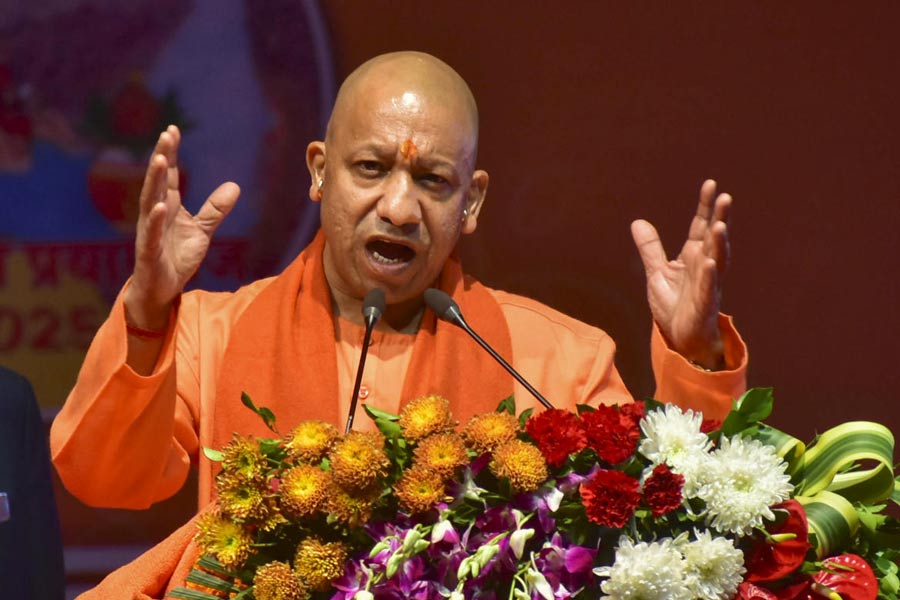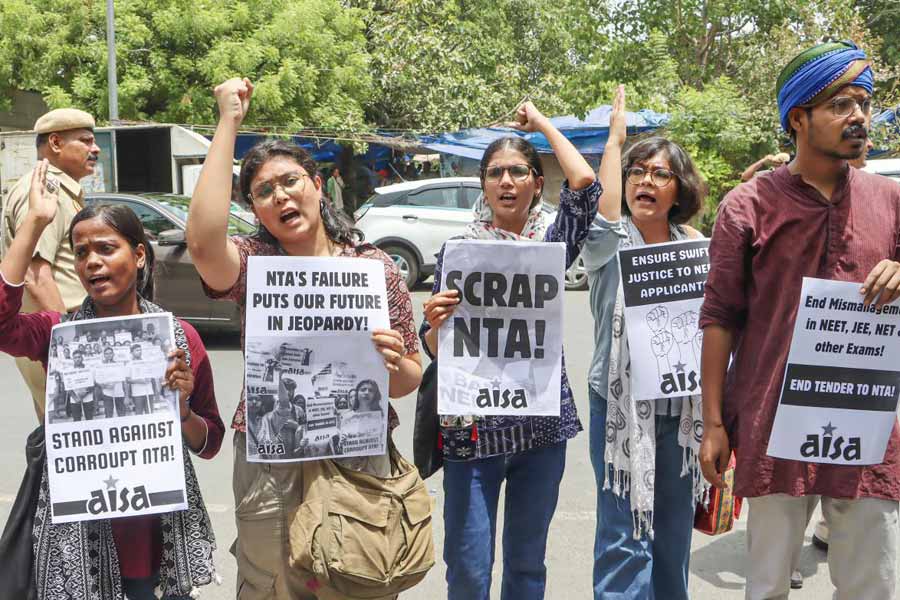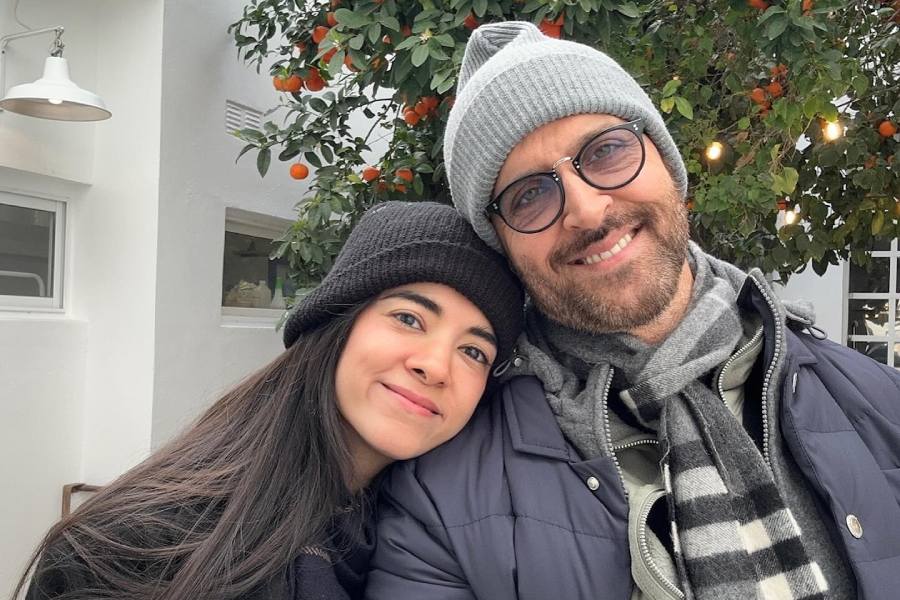LORENZO SEARCHES FOR THE MEANING OF LIFE
By Upamanyu Chatterjee
Speaking Tiger, Rs 699
Lorenzo Bonifacio, modelled on the author’s friend, Fabrizio Senesi, is set to embark on a monastic life at the age of 22. Lorenzo’s decision, not to be mistaken as a casual choice, matures and assumes clarity in the years following an accident in the summer of 1977. From riding a two-wheeler Vespa motor scooter that had collided with a Fiat on that fateful summer morning to driving a four-wheeler Renault 5 to a Benedictine monastery on a December day in 1980, Lorenzo had changed more than a vehicle. He had taken a detour in the journey of life.
The hospital bed, on which Lorenzo spent a month, doubled up as the transit zone from where one could either return to life as one knew it or proceed to the final destination to meet the Maker. In Lorenzo’s case, he does make it back to life, but the return carries with it a hint of frailty, a deeper sense of mortality, and knowledge about life’s uncertainty and unpredictability. Lorenzo’s aching left forearm, held in place by a “titanium plate with five screws”, is a constant reminder of that dreadful day from a past which will significantly alter his present and shape his future and of those around him, especially, his family.
Upamanyu Chatterjee weaves a story which is everything but a life lesson. The author presents the universal truth of life and death in a prosaic yet impactful manner sans moral teaching or commandments. Every time Lorenzo returns home after his brief stays at the Praglia Abbey, a Benedictine monastery, he feels as if it were a “visit on furlough.” The conflicts and the doubts Lorenzo goes through are dealt with utmost sensitivity. There is no holier-than-thou narrator keeping a tab on the protagonist’s movements, waiting for him to falter in his attempts to figure out what life is and how it should be lived, led, and survived.
Eventually, when Lorenzo announces to his family his decision to become a monk, Elda, his mother, calls him “selfish” and declares with conviction and, possibly, a glimmer of envy that a Catholic’s duty is to “fulfil your obligations to the society that has nurtured you” and that it is unbecoming of a person to seek ‘salvation’ by turning one’s back to the world. This episode brings to focus a woman’s perspective on monastic life that is glorified and practised mostly by men. Elda’s sharp critique, albeit laced with hurt and a realisation that her son is moving away from the worldly realm, reveals another fact: not many women are part of this virtuous life of dispossession, austerity, solitude, silence, and peace. There is, of course, “the Mother Abbess of San Cipriano” on whose recommendation Lorenzo sets out for Praglia; but that’s where her role ends. There is another mention of Madre Annunziata, the “Mother Superior”, who is perceived through the male gaze of Father Fabio who remarks, “She’s rather an unusual person… almost radical in her thinking.” Apart from a few more references to the good sisters and nuns in Bangladesh, we hardly find examples of women who are at the seat of authority and decision-making in monasteries. It seems as if ‘renouncing’ worldly pleasures and creature comforts is a male prerogative and that a woman’s role is that of a nurturer and caregiver. Later in the book, we do see “female visitors”, albeit a handful, coming to Praglia “for a weekend” and they are welcomed too. However, it seems a rather “revolutionary idea” and the conservative novices express their disapproval of such an “innovation”.
Caring for the elderly and the infirm is an important concern for Lorenzo. His three-year course in Physiotherapy, in addition to a diploma in Fine Arts, encourages him to be surrounded by a world of healers in the form of “specialists, clinicians, interns and senior physiotherapists.” He is aware that immobility is not just limited to physical strength; it is also about training one’s mental character that can go a long way in the holistic recovery of elderly patients.
In trying to identify himself as a doctor “for the soul” and respond to his inner calling, Lorenzo will spend a decade in Praglia and, from there, move to another Benedictine ashram in Bangladesh which will open him up to more questions about the meaning of a life in the service of God. Time and again, he will reflect on being called ‘selfish’ by his mother, and yet another cycle of soul-searching and self-discovery will ensue.
Meditative, immersive, and therapeutic, Lorenzo Searches for the Meaning of Life is an opportunity for the reader to go on a quest that has been long delayed or neglected.











